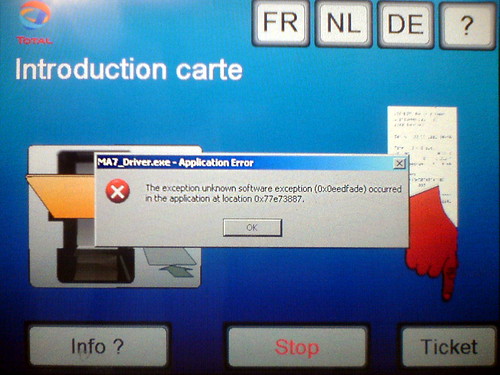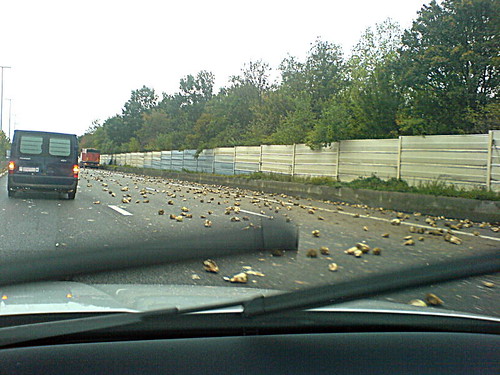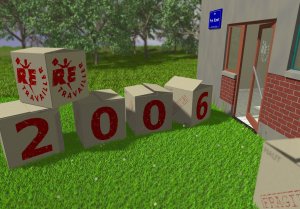Thanks to Alex Graveley for linking to a very interesting new research result from Ed Felten and others, explaining that encryption keys can be easily retrieved from the memory of a running system by power-cycling it. Contrary to what most people think, it is possible to retrieve almost all data from a DRAM chip several seconds or minutes after a power cut. Many companies (including the one I work for) require hard disk encryption for all laptop computers in order to ensure that any sensitive information stored on the machine cannot be retrieved even if the machine is stolen.
However, the report published by the Princeton researchers shows that if the machine is running or is in suspended mode, then an attacker can steal it and get both the encrypted hard disk and the decryption key. This key must be stored in the RAM of the running system so that it can access the files on disk. The attack consists in briefly removing the power from the machine and rebooting it using a small program that will save the contents of the memory to some external storage. Once this is done, the hard disk encryption key can be retrieved from the saved data. Some machines have a mechanism that clears their memory after a reboot (this is often the case with ECC memory). But even in this case, it is also possible to retrieve the decryption key by cooling down the memory chips, removing them from the machine and inserting them into another machine that will extract the valuable information.
This is a serious problem for anybody who relies on hard disk encryption for protecting confidential data: an attacker who has physical access to the machine (even for just a brief moment) may be able to retrieve the decryption key and get full access to the contents of the disk. Leaving the machine unattended in suspended mode or with the screen locked may be the same as leaving it fully open.
There are not many ways to avoid this problem, besides preventing physical access to the machine or using some software or hardware self-destruction mechanisms in case the machine is tempered with. If the machine is suspended, the research paper (PDF) explains that it may be possible to clear or obscure the key before suspending the system so that it cannot be retrieved easily. The user would then have to re-enter the disk encryption key before resuming the system, or enter a password to decrypt that key. This is not trivial to implement because the system cannot read any information from the encrypted disk until the user has entered the right password, so all software needed for entering passwords and setting input and output devices to a known state must be available before the system is resumed.
It is not possible to implement the same protection when the screen is simply locked, because there will usually be some software that wants to access the hard disk while the screen is locked. The paper describes a way to make it slightly more difficult to retrieve the key from RAM: if the system does not need to access the disk for a while, it could scramble the key (in a reversible way) and spread it over a larger area in memory in such a way that a single bit error over the whole area would make the key unusable. As soon as the key is needed again, it is reassembled and used until it is not needed anymore. This can provide some limited protection because the cold boot attack does not always get a perfect copy of the RAM. But even with this additional level of protection, it looks like a locked screen is a very weak protection against data theft.




